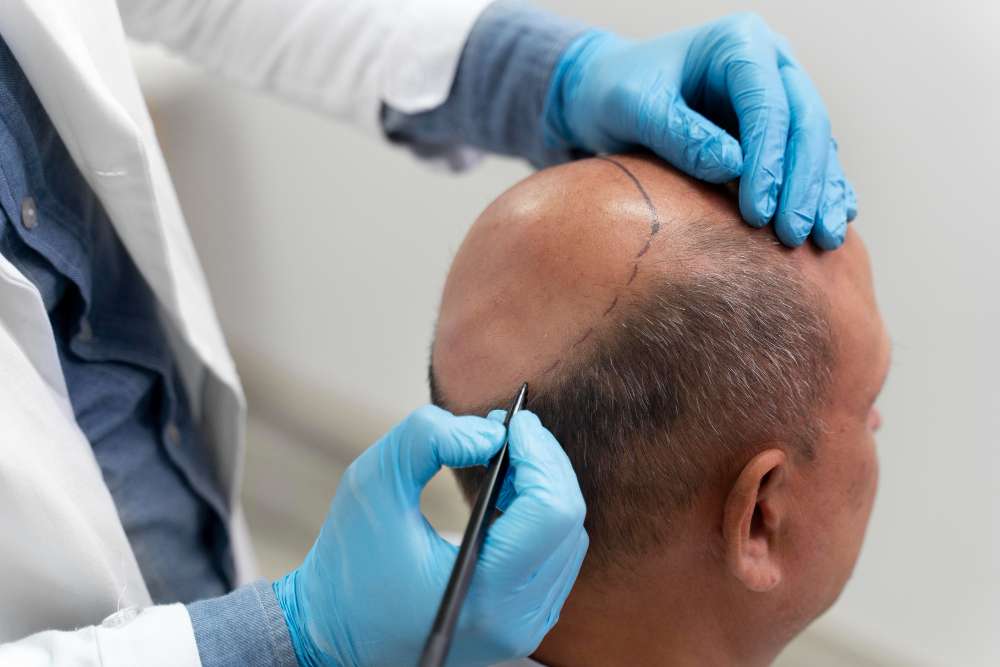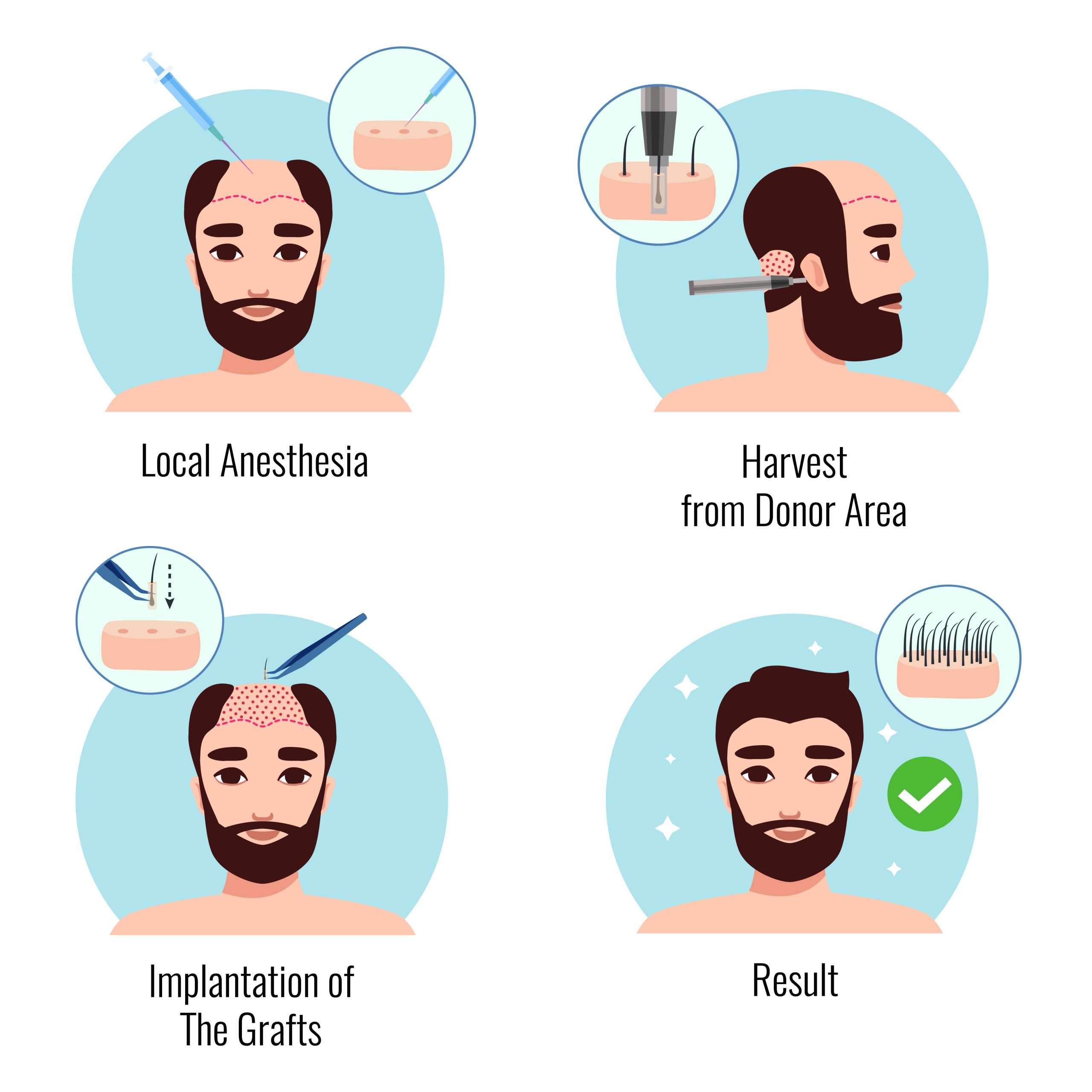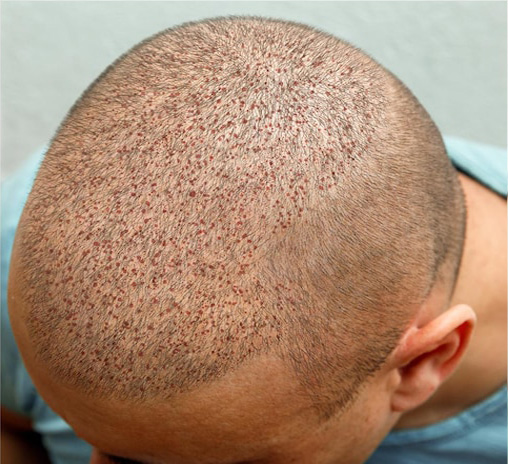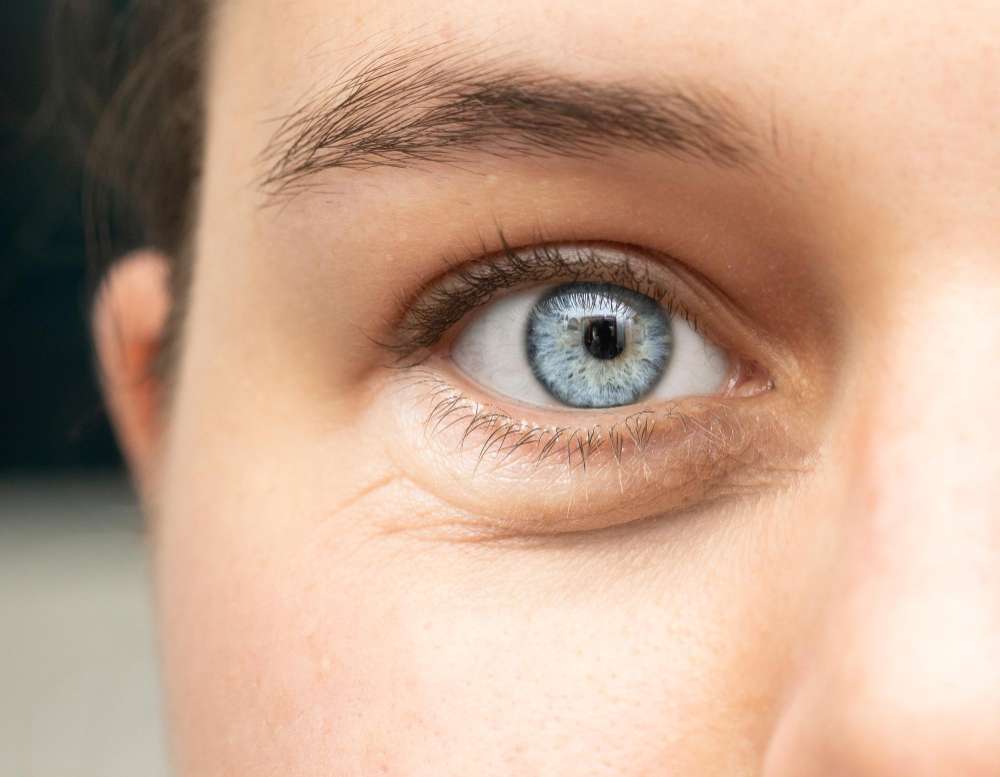FUE Hair Transplant

FUE Hair Transplant In India
Follicular unit extraction – the most modern method of hair transplant! With minimal scarring and a quick healing time, this is a procedure that is meant for those who want quick results, with minimal discomfort.
Overview
Over the past years, numerous methods of hair transplantation have been introduced, the most preferred being Follicular Unit Extraction or excision. This method is minimally invasive wherein, the grafts are extracted one by one from the donor site by the surgeon. There are no stitches and the operated area appears mostly unchanged within days. Also, the patient can resume back to his regular work in no time. This procedure ensures the graft quality as each grafts is extracted by surgeon himself. There is minimal bleeding and wastage with barely any post-operative discomfort.
Indications
- Patients with androgenetic alopecia who do not want linear scars.
- Patients who want to keep their hair very short.
- Patients who require greater number of grafts by combining with body hair.
- Patients who require limited number of grafts in cosmetic areas, for e.g. : Eyebrow reconstruction, eyelash reconstruction, moustache reconstruction
- Hairline reconstruction
- Beard reconstruction
- Scarring alopecia patches due to dermatological conditions.
- Female pattern hair loss
- Non-shaven FUE
- FUT scar reconstruction
- When previous scars of strip surgeries make further strips impossible.
- In patients with keloidal tendencies.
- People who want to resume full activity immediately after the procedure.
- For patients with an inordinate fear of pain or scars.
- When body or beard serves as a donor area.
- Body hair transplantation.


How does it work?
In follicular unit extraction, the surgeon uses a motor punch nowadays of micrometer size to take out an individual hair follicle unit from the safe donor area of the scalp. The motorised punch makes a very superficial incision around the follicular unit and the surgeon controls its depth advancing it to a point where the follicle is made loose and separated from the surrounding dermis and the hair unit with its root is taken out easily.
This method guarantees good quality grafts as it gives the surgeon the leverage to take out each graft under proper magnification.
Steps of Hair Transplant Surgery
1. Preparation & Local Anaesthesia
- Anesthesia Application: Hair transplant surgery is performed under local anesthesia unless otherwise recommended. The surgeon administers field and regional anesthesia blocks to numb only the area prepared for surgery.
- Efficiency and Safety: This technique ensures a virtually painless procedure with minimal risks related to anesthesia. The patient remains fully awake and aware of their surroundings.
- Procedure Duration: Hair transplant surgery is a time-consuming process.
2. Extraction or Excision
- Follicular Unit Extraction (FUE): This method differs from other hair transplant techniques in the extraction process.
- Graft Removal: The surgeon uses a 0.6 - 0.9mm punch to extract each graft under magnification. A trained technician simultaneously removes the grafts from the scalp using forceps.
- Graft Examination: Each extracted graft is examined by a second technician under magnification and categorized by the number of hairs per graft. Transected (damaged) grafts are discarded and replaced with healthy grafts from the scalp.
- Count Accuracy: The total number of grafts is meticulously counted at every step to prevent wastage.
3. Recipient Site Slit-Making
- Designing the Recipient Area: The surgeon designs the recipient area based on the patient's expectations and the limitations of the donor area.
- Creating Pockets: The surgeon makes pockets for the extracted grafts, considering the length of the grafts.
- Determining Hair Characteristics: The surgeon decides the angle, direction, and density of the hair to achieve the best cosmetic results.
4. Implantation of Grafts
- Placement: The grafts are implanted by trained staff using forceps or implanters under the surgeon’s supervision.
- Passive Step: This is a passive step where grafts are placed into pre-formed pockets.
- Stick and Place Method: Some surgeons, particularly those using implanters, prefer the stick and place method, where slits are made simultaneously with the implantation.
Types of FUE Hair Transplant
| Technique | Description | Benefits |
|---|---|---|
| Micro-FUE | An advanced method of performing FUE using microsurgical instruments for extraction and slit-making under magnification. Motorised punch with a diameter < 0.9mm is used for micrografts. | Results are aesthetically promising, and the scalp heals in 2-3 days. |
| U-FUE | Undetected/Unshaven FUE, where hair transplant is performed without cutting the hair in the recipient area. Suitable for those preferring discretion and females uncomfortable with shaving. | Allows return to routine work within 2-3 days. Requires advanced surgeon skill and is generally more expensive than conventional methods. |
| BIO-FUE | A patient-oriented customized plan involving specialized instruments and biotherapy. Instruments for slits and grafts are chosen based on graft length and thickness. PRP from the patient's blood replenishes grafts post-surgery. | Scientifically proven to improve graft viability and quality. Hair transplant at Medaesx Healthcare uses the Bio-FUETM technique, offering excellent results. |
Post-procedure care
FUE is a sophisticated procedure with very minimal post-surgical trauma and rarely any side-effects. The post-operative pain and chances of infection are minimal. The general post-operative instructions are same as any hair transplant surgery. However, as compared to other methods the recovery is very fast and the patient can resume to his routine in hardly any days. The bandage in the donor area is removed within 3 days and shampoo of the scalp can be done after 7 days. The scalp looks as good as normal scalp within 10 days of the surgery.


FUE Hair Transplant Advantages
A lot of people are now opting for FUE, as opposed to other forms of hair transplant. Over all these years, It has emerged as the most effective and satisfactory method of having natural looking hair.
- Natural, undetectable results
- Minimally invasive technique
- Virtually painless
- No stitches or linear scars
- Permanent results
- Maximum density possible per session
- High quality graft extraction
- Cherry picking of good grafts possible
- Minimal transection
- Direction of hair can be customised according the individual choices.
- Dense packing of follicle to give maximum density possible
- No damage to pre-existing hair
- Hair can be kept short without any visible linear scars
- Fast recovery with quick healing of donor and recipient area
- Minimal post-operative complications if taken care properly
- Minimal trauma and hardly any risk of infection
- Grafts can be extracted from beard, arms, legs and chest.
- Body hair implantation can be done
- Small cosmetic areas like beard, eyebrow and eyelash can be reconstructed.
Why Medaesx Healthcare?
- Hair transplant at Medaesx Healthcare is done using our trademarked Bio-FUETM technique which offers excellent results
- We have a team of highly trained surgeons and staff who have practiced skills over time.
- We do detailed hair analysis to understand the proper condition of your hair
- We do proper planning for the surgery regarding distribution of grafts and density.
- Anaesthesia, Slit-making and extraction is done entirely by skilled surgeons.
- Implantation done by in-house trained team members.
- Virtually painless procedure.
- Slits are made with cut-to-size blades according to the customised plan for each patient.
- Try to keep transection rate < 3%.
- Minimal out-of-body graft duration.
- Counting of grafts at every step of surgery.
- First in- first out technique for implantation.
- Extremely hygienic and state of art operation theatres.
- Biotherapy at the end of surgery over the transplanted grafts.
- Double-spin method in a cryo-centrifuge to prepare the best quality PRP.
- Proper follow-up and post-operative care.
All the above steps help us to ensure the best results for our patients





